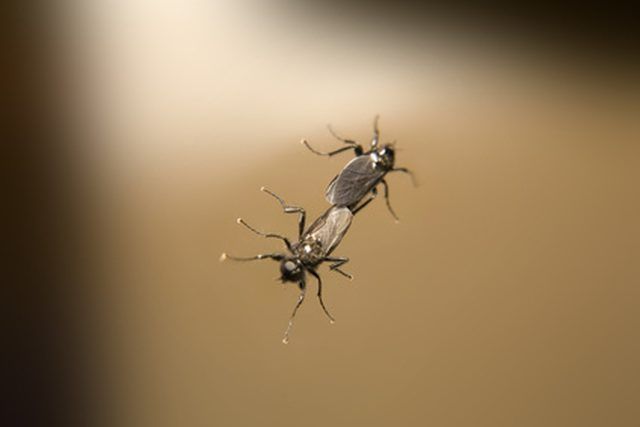Bulbs
Flower Basics
Flower Beds & Specialty Gardens
Flower Garden
Garden Furniture
Garden Gnomes
Garden Seeds
Garden Sheds
Garden Statues
Garden Tools & Supplies
Gardening Basics
Green & Organic
Groundcovers & Vines
Growing Annuals
Growing Basil
Growing Beans
Growing Berries
Growing Blueberries
Growing Cactus
Growing Corn
Growing Cotton
Growing Edibles
Growing Flowers
Growing Garlic
Growing Grapes
Growing Grass
Growing Herbs
Growing Jasmine
Growing Mint
Growing Mushrooms
Orchids
Growing Peanuts
Growing Perennials
Growing Plants
Growing Rosemary
Growing Roses
Growing Strawberries
Growing Sunflowers
Growing Thyme
Growing Tomatoes
Growing Tulips
Growing Vegetables
Herb Basics
Herb Garden
Indoor Growing
Landscaping Basics
Landscaping Patios
Landscaping Plants
Landscaping Shrubs
Landscaping Trees
Landscaping Walks & Pathways
Lawn Basics
Lawn Maintenance
Lawn Mowers
Lawn Ornaments
Lawn Planting
Lawn Tools
Outdoor Growing
Overall Landscape Planning
Pests, Weeds & Problems
Plant Basics
Rock Garden
Rose Garden
Shrubs
Soil
Specialty Gardens
Trees
Vegetable Garden
Yard Maintenance
How to Get Rid of Mold Gnats
How to Get Rid of Mold Gnats. Keeping homes clean, especially kitchens, is a deterrent to gnat infestation. Removing any standing water will control their populations. If new plants are introduced into the house, be sure to check them thoroughly for gnats. Heavily-watered plants grow fungus, which attracts gnats, so do not overwater plants. Instead...

Keeping homes clean, especially kitchens, is a deterrent to gnat infestation. Removing any standing water will control their populations. If new plants are introduced into the house, be sure to check them thoroughly for gnats. Heavily-watered plants grow fungus, which attracts gnats, so do not overwater plants. Instead of using peat moss as organic matter in plants, use vermiculite or perlite, because gnats don't like these.
Things You'll Need
Fly paper
Dish soap
Sugary drink
Insecticide
Locate the source of the gnats by inspecting all houseplants, garbage disposal and areas with standing water.
Spray insecticide into the dirt of any houseplants, but avoid spraying the plants themselves.
Cut and place strips of fly paper in the dirt of plants.
Place glasses of sugary drinks with dish soap in them around the infested areas. The gnats will be attracted to the sugary drink and the dish soap traps them.
Tips & Warnings
Do not leave food in the garbage disposal, because it attracts gnats. If you find gnats coming out of your disposal, run very hot water and a little dish soap for 10 minutes two times per day for about two weeks. You can also pour a bottle of vinegar down the drain and let it sit for about 10 minutes and then grind the disposal with water like normal. Always keep your disposal clean. Do not leave trash cans open with food in them, because they will attract gnats as well. Don't leave any food out on counters if you already have a gnat problem, or are prone to gnat problems. They will stay where they are getting fed. Be sure to keep the kitchen clean.
Do not spray insecticides directly on plant leaves, because they have chemicals that can damage plants. Gnat eggs are easily missed by insecticides, so if this method of control is used, it will have to be reapplied every seven days for at least four weeks.